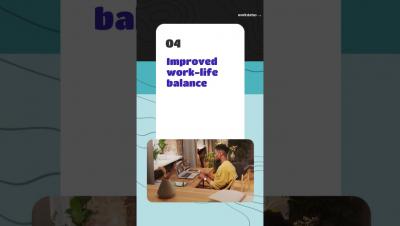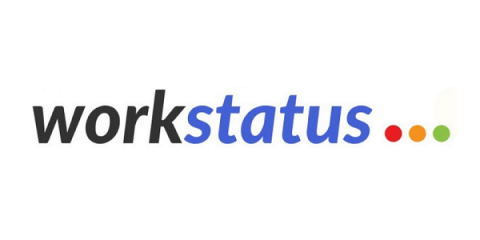Teams | Collaboration | Customer Service | Project Management
WorkStatus
Workstatus vs. Hubstaff vs. Harvest vs. ActivTrak: The Race for Best Workforce Management Software Begins!
Managing a workforce effectively is essential for success in the current competitive business environment. What could be the right solution? The answer is Workforce Management Software. Do you know? The global workforce management software market is expected to reach USD 12.5 billion by 2030 at a CAGR of 6.5%. However, deciding on the appropriate software for workforce management can be difficult, as there are various solutions available.
Hybrid Work Mode: 11 Reasons Why Workforce Management Is The Key To Success
In today’s fast-paced business world, companies are constantly looking for ways to improve their operations and increase efficiency. One of the most popular solutions for achieving this goal is adopting a hybrid work mode. This approach combines traditional office-based work with remote or flexible working options, allowing employees to balance their professional and personal lives more effectively.
What Is A Task Tracker & How Can It Keep Track Of Employee Tasks
In today’s world of increased competition and ever-evolving technology, it’s essential for businesses to stay organized and on top of their employees’ tasks. To do this, many companies are turning to the use of task trackers. Studies have shown that during the forecast period, the task management software market size is projected to grow from USD 1,713.0 million in 2018 to USD 4,535.5 million by 2026, at a CAGR of 13.3%.
Right Approach To Monitor Productivity Without Destroying Employee Trust
Monitoring productivity in the workplace is crucial for any business to ensure that goals are being met and deadlines are being met on time. However, Monitoring employee productivity can be delicate to balance. It is important for a company to ensure that its employees are working efficiently and meeting goals. But, monitoring productivity too closely can create a culture of mistrust and negatively impact employee morale.
Workforce Analytics: Trends, Benefits, and KPIs
Workforce analytics has been around for quite some time now, and it is still going strong today. In fact, you might be surprised to learn that workforce analytics isn’t just a method of data collection and analysis. Instead, workforce analytics can actually be described as an umbrella term encompassing several separate processes and methods of gathering data and then using it to your company’s advantage to make better decisions and gain a competitive advantage over the competition.
Talk Of The Town: Billable hours vs. Non-billable hours vs. Hours worked
Keeping an eye on ‘how employees spend their work hours’ has always been a common practice. When the industrial revolution began, floor managers or supervisors were aligned to take care of managing & monitoring employee hours. Of course, the scope of manual errors was a huge challenge for employers. Once computers became a regular part of work life, technology took over the time management task.
Get More Productive: 7 Golden Rules For Time Management
If you want to accomplish more in less time, mastering time management is essential. However, finding enough hours in a day to get everything done might look like a mammoth task – a mission impossible. But with the right approach, you can raise the potential of your time and make the most out of it. This blog post discusses the seven golden rules for time management that will help you become more productive and achieve your goals faster. Let’s dive in-
How Workstatus Can Help You In Flextime Management?
Research reveals that 71% of employees report their team is innovative when they have flexibility in working options, compared with 57% without it.
What is Geofencing? Will Geofence Software Ever Rule the World?
According to Techopedia, Geo-fencing is determined as: “a technology that defines a virtual boundary around a real-world geographical reason.” Geo-fencing refers to software tools that use global positioning systems (GPS) or radio frequency identification (RFID) to establish a virtual perimeter or barrier around a physical geographical area.







